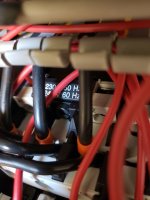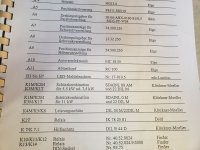I had to read up on it again. FWIU, a 50 Hz will have less torque at start when run on 60.
So does the Wye start help with this?
Torque is related to that V/Hz ratio. If you maintain that ratio within the +-10% tolerance, you get rated torque.
So in a 380V 50Hz motor, the V/Hz ratio is 7.6:1
In a 460V 60Hz motor, the V/Hz ratio is ... 7.67:1!
It's not coincidental. You can take a 380V 50Hz motor designed for the EU and use it here, no problem, and vice versa. They have technically gone to 400V 50Hz now, but still close enough.
The same isn't true at 240V though. An IEC 230V 50Hz motor has a V/Hz ration of 4.6:1, whereas our 240V 60Hz is 4:1, so more than -10%. The IEC motor would have less torque here. Whether that is significant or not would depend on the actual load on the motor. If the motor is a centrifugal pump designed around the 50Hz speeds, it will on the one hand run 20% faster here, so the HP requirement increases by the CUBE of that speed difference, meaning it needs 173% HP to operate. At the SAME TIME, the motor is actually producing LESS torque. It will overload fairly quickly. But if you take a NEMA designed motor and pump system from here and send it to a 50Hz country, the pump will require LESS HP at the slower speed, and the motor will be producing MORE than the original rated torque. The motor may run hotter from saturation, but with less actual load, it may be able to tolerate that forever.



